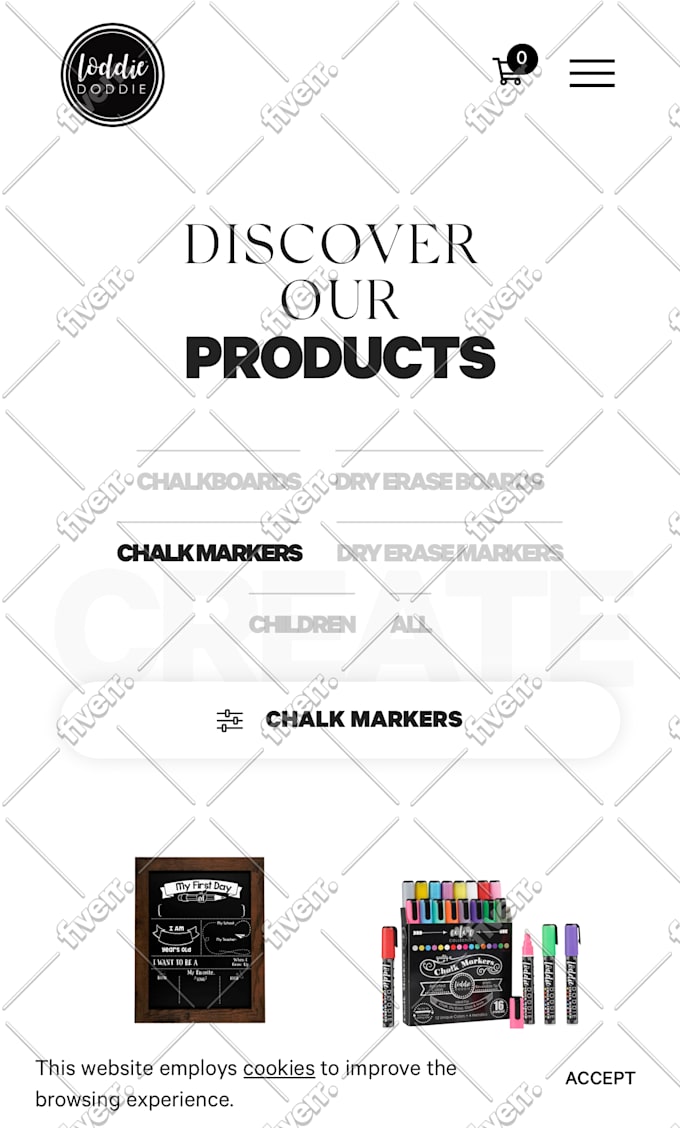E-Commerce Website Design: Tips for Creating an Online Store That Sells
In today's digital age, having a strong online presence is essential for any business looking to succeed. For e-commerce businesses, this means having an effective website that not only showcases products but also drives sales. In this article, we'll explore some tips for creating an e-commerce website that not only looks great but also converts visitors into customers.
1. Know Your Audience:
Before you start designing your e-commerce website, it's crucial to understand your target audience. What are their needs and preferences? What problems are they looking to solve with your products? By knowing your audience, you can tailor your website design and content to better resonate with them.
2. Choose the Right Platform:
When it comes to building an e-commerce website, choosing the right platform is key. There are many options available, from self-hosted solutions like Woo Commerce to hosted platforms like Shopify. Consider factors such as ease of use, customization options, and scalability when selecting a platform for your online store.
3. Optimize for Mobile:
With more and more people using mobile devices to browse the internet and shop online, it's essential that your e-commerce website is optimized for mobile. This means using responsive design techniques to ensure that your site looks and functions well on a variety of screen sizes and devices.
4. Focus on User Experience:
A seamless user experience is crucial for any e-commerce website. Make sure that your site is easy to navigate, with clear calls-to-action and a streamlined checkout process. Pay attention to page load times, as slow-loading pages can lead to higher bounce rates and lower conversions.
5. High-Quality Product Imagery:
When it comes to selling products online, high-quality imagery is essential. Invest in professional product photography to showcase your products in the best possible light. Include multiple images from different angles, as well as zoom functionality to allow customers to see the details of your products.
6. Clear Product Descriptions:
In addition to great imagery, clear and concise product descriptions are essential for e-commerce websites. Provide detailed information about your products, including features, specifications, and benefits. Use persuasive language to highlight the value proposition of each product.
7. Implement SEO Best Practices:
Search engine optimization (SEO) is crucial for driving organic traffic to your e-commerce website. Make sure that your site is optimized for relevant keywords related to your products and industry. Pay attention to on-page SEO factors such as meta tags, headings, and image alt text.
8. Leverage Social Proof:
Social proof, such as customer reviews and testimonials, can help build trust and credibility for your e-commerce website. Include customer reviews and ratings on product pages, as well as trust badges and certifications to reassure visitors that your site is secure.
9. Offer Multiple Payment Options:
To cater to a wide range of customers, it's important to offer multiple payment options on your e-commerce website. This includes credit/debit cards, digital wallets, and other online payment methods. Make sure that your checkout process is secure and user-friendly to encourage conversions.
10. Test and Iterate:
Once your e-commerce website is live, it's important to continually test and iterate to improve its performance. Use analytics tools to track key metrics such as conversion rates, bounce rates, and average order value. Use this data to identify areas for improvement and make informed decisions to optimize your website for better results.
CHECK OUT OUR RECENT ECOMMERCE WEBSITE DESIGN SAMPLES:


In conclusion, creating an e-commerce website that sells requires careful planning, attention to detail, and a focus on the user experience. By following these tips, you can create a compelling online store that not only looks great but also drives sales and helps your business grow.


Comments
Post a Comment